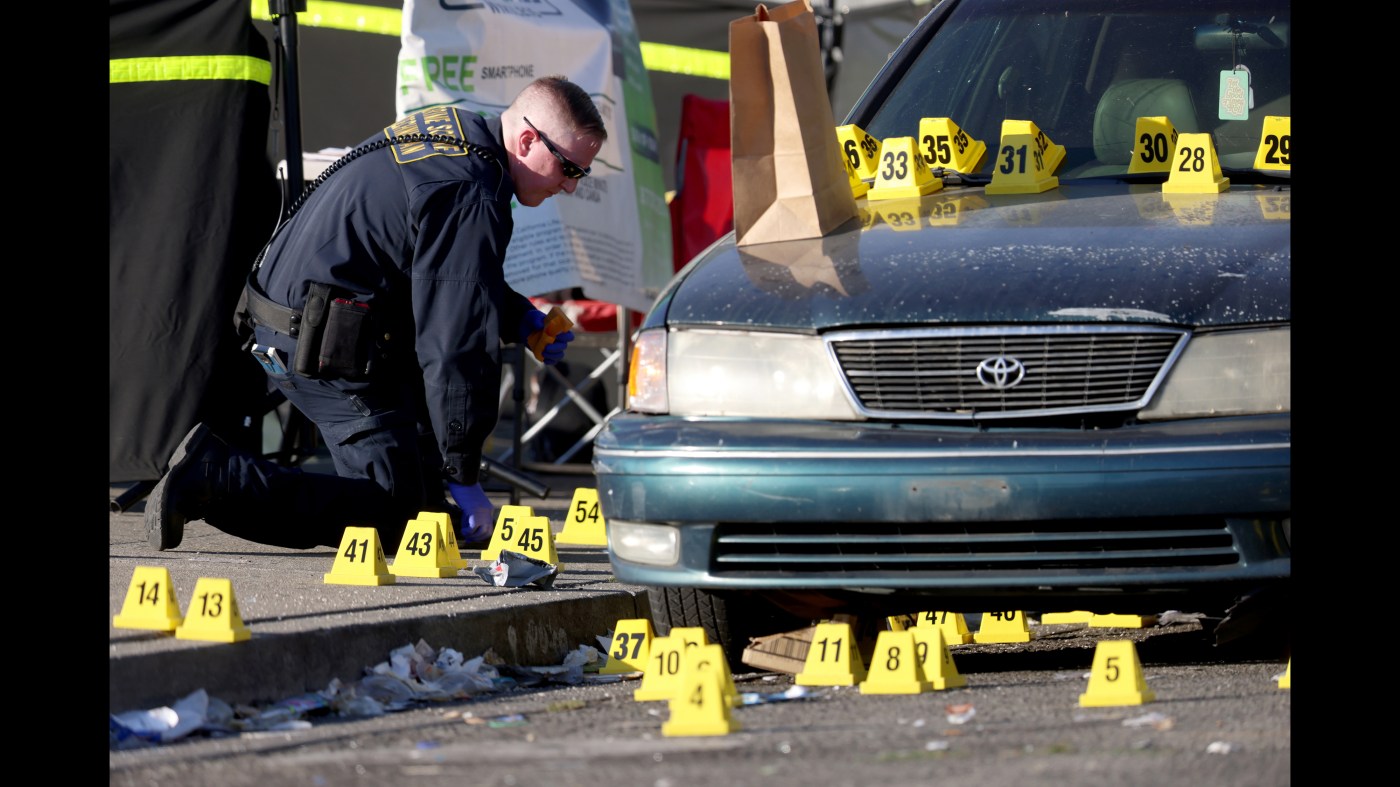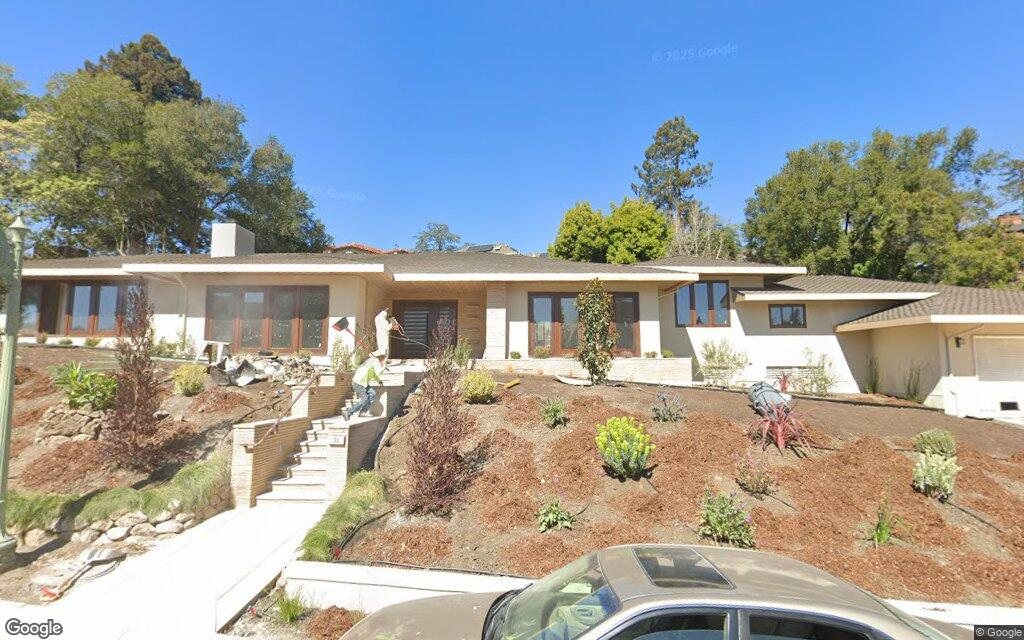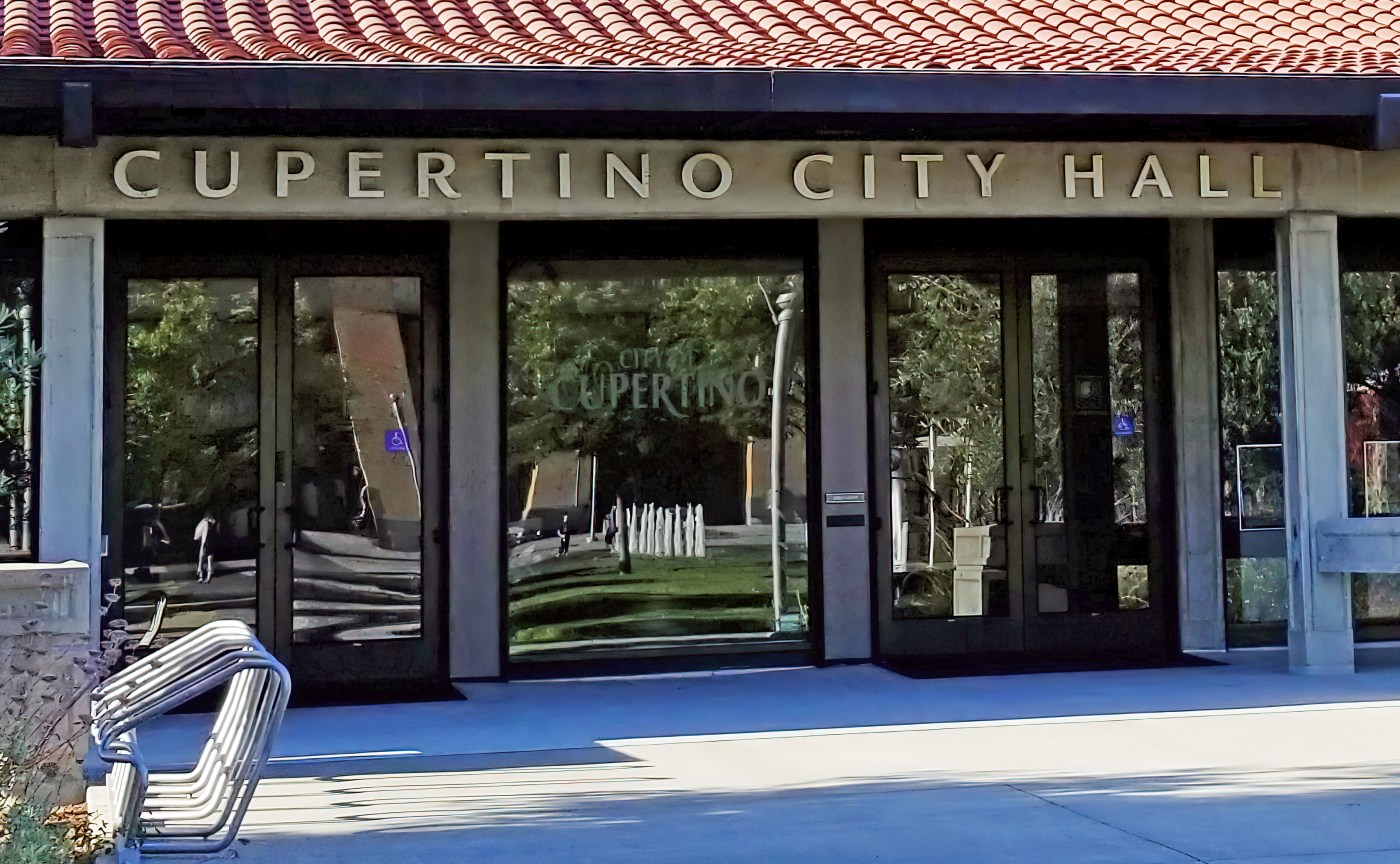California and most Bay Area cities saw crime fall from 2023 to 2024, according to the state’s annual crime report.
The report shows California’s violent crime rate fell 6% from 2023 to 2024, while the property crime rate was down 8.4%.
“While crime rates have declined over the past year, public safety in our communities remains priorities one, two, and three,” California Attorney General Rob Bonta said while announcing the release of the Department of Justice crime report July 1.
In line with state trends, most of the Bay Area’s biggest cities saw a decrease in violent crime last year from the year before, but in general, rates are higher now than 10 years ago. The violent crime category includes homicides, rapes, aggravated assaults and robberies.
The 2024 decrease is the first year of decline for the Golden State after four continuous years of increases.
But zooming in on the Bay Area, the trends in two major cities are less clear.
Problems with data and changes in federal reporting requirements caused issues with the 2023 data reported to the state by Oakland and San Jose, making analyses based on the state’s data unreliable for those cities over the past two years. Additional data reports from police departments in those cities provides more accurate trending.
Statewide, the rate of violent crimes per 100,000 people last year was comparable to the mid-2000s, though still down significantly from 1992, when nearly twice as many violent crimes were reported.
Surges in robberies and aggravated assaults have driven recent increases in violent crime overall, but homicides and rapes both dropped in 2023. Officials reported 1,666 homicides in the state last year, down nearly 12% from the previous year, and the fewest homicides reported in any year since 1971.
From the 1990s through the mid-2010s violent crime was on the decline, but during the pandemic, crime rates started to rise again, as did certain types of property crimes.
Widely reported waves of brazen retail thefts, addict-filled homeless encampments and spurts of violence in major California cities in recent years resulted in an election-year backlash in 2024 against criminal justice reforms championed by Gov. Gavin Newsom and progressive district attorneys.
Law enforcement officials last year urged approval of a ballot measure, Proposition 36, that toughened penalties for thefts and drug offenses, which had been loosened by Newsom-backed Proposition 47, an initiative they blamed for rising urban crime.
The governor, hoping to blunt support for Proposition 36, pushed a package of bills last year to crack down on organized retail theft rings and sent state troopers to help tamp down crime in major cities, including Oakland and San Francisco. Those efforts, Newsom said in a recent news release, yielded results: $13 million in recovered stolen goods, more than 1,400 suspects arrested statewide and a 13% drop in auto thefts from 2023 to 2024. But frustrated voters nonetheless approved Proposition 36 in all 58 counties.
Property crimes have been on a general downward trend over the past 15 years. But depending on the city, the picture looks quite different, and some places saw notable pandemic spikes.
In San Francisco, the number of property crimes reported in 2024 was the lowest it’s been in 15 years, despite increasing each year from 2020 through 2023.
The California DOJ’s report notes a handful of issues with the data reported to them from several law enforcement agencies in the state, including those in Oakland and San Jose. The data Oakland submitted to the DOJ in 2023 showed a huge jump in violent crimes, with the annual number of violent crimes more than doubling from the year before.
The police department, city officials, and the DOJ acknowledge that data is erroneous, but it remains in the state’s data files with a footnote. The DOJ report directs readers to the Oakland Police Department’s own data reports for more accurate 2023 data and clarity. Those reports show crime was up in 2023 and then down in 2024, but that both are higher than any year since at least 2010.
According to data from Oakland, there also was a drop in property crimes from 2023 to 2024, but more property crimes were reported in Oakland in both 2023 and 2024 than any year from 2010 through 2022.
“The trends are improving, but there’s still more work to be done” Oakland Mayor Barbara Lee wrote in an email.
The Oakland Police Department did not respond to a request for comment. But Huy Nguyen, president of Oakland Police Officers’ Association, credits the drop last year to the work of the OPD officers and the additional support from state and federal agencies, including the California Highway Patrol.
“Obviously, in 2023 you saw a major increase in crime,” Nguyen said. “We can see that the number is trending down.”
Data from San Jose in 2023 was incomplete, missing totals from November and December of that year. The city was among 117 of the 738 agencies that had at least a month of data missing in 2023 as California agencies switched to new crime data reporting standards required by the U.S. Department of Justice as part of an effort to develop more comprehensive statistics.
“There were an unusually large number of law enforcement agencies in California in 2023 that did not report data for every single month,” said Magnus Lofstrom, policy director of criminal justice and a senior fellow at the Public Policy Institute of California, which each year examines crime statistics from the state DOJ and other data sources.
Given those data issues, how does San Jose Mayor Matt Mahan judge the city’s progress in addressing crime?
Mahan points to an analysis from the San Jose Police Department using the new data standards, which indicate violent crime was down about 6% when comparing May through December of 2023 to the same period in 2024, similar to the statewide drop in violent crimes the DOJ reported for last year.
“We’re seeing positive trends overall,” Mahan said.
While the number of violent crimes slowly increased over the last decade in San Jose, the city’s violent crime rate per 100,000 residents still is much lower than San Francisco’s, and a fraction of Oakland’s violent crime rate.
“San Jose is a very safe city, one of the safest big cities in the country,” Mahan said, acknowledging that the data is only part of the equation. “Our North Star metric is public perceptions of safety, so crime rates feed into that, but you can’t just focus on a crime rate and ignore how people feel.”





